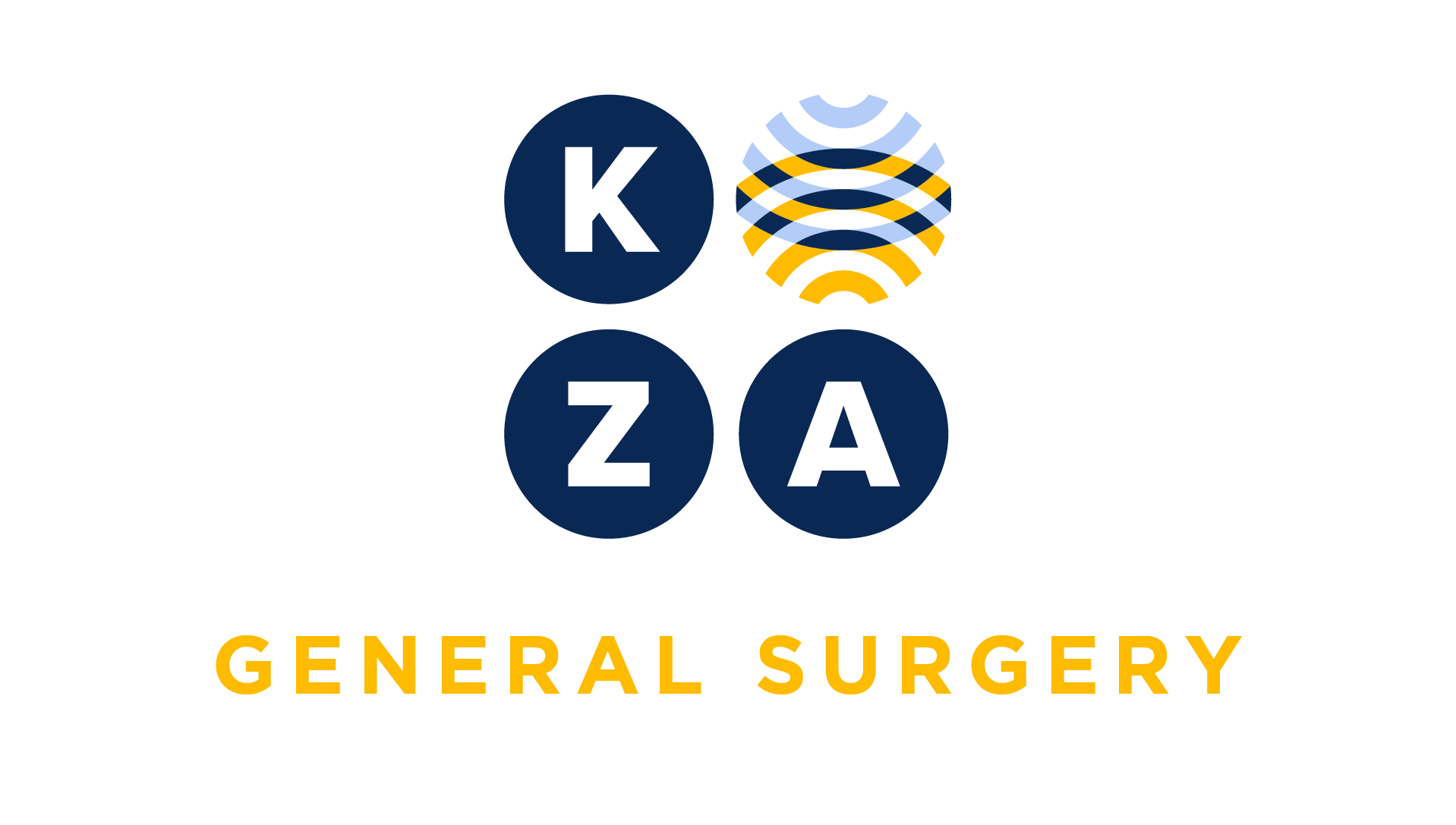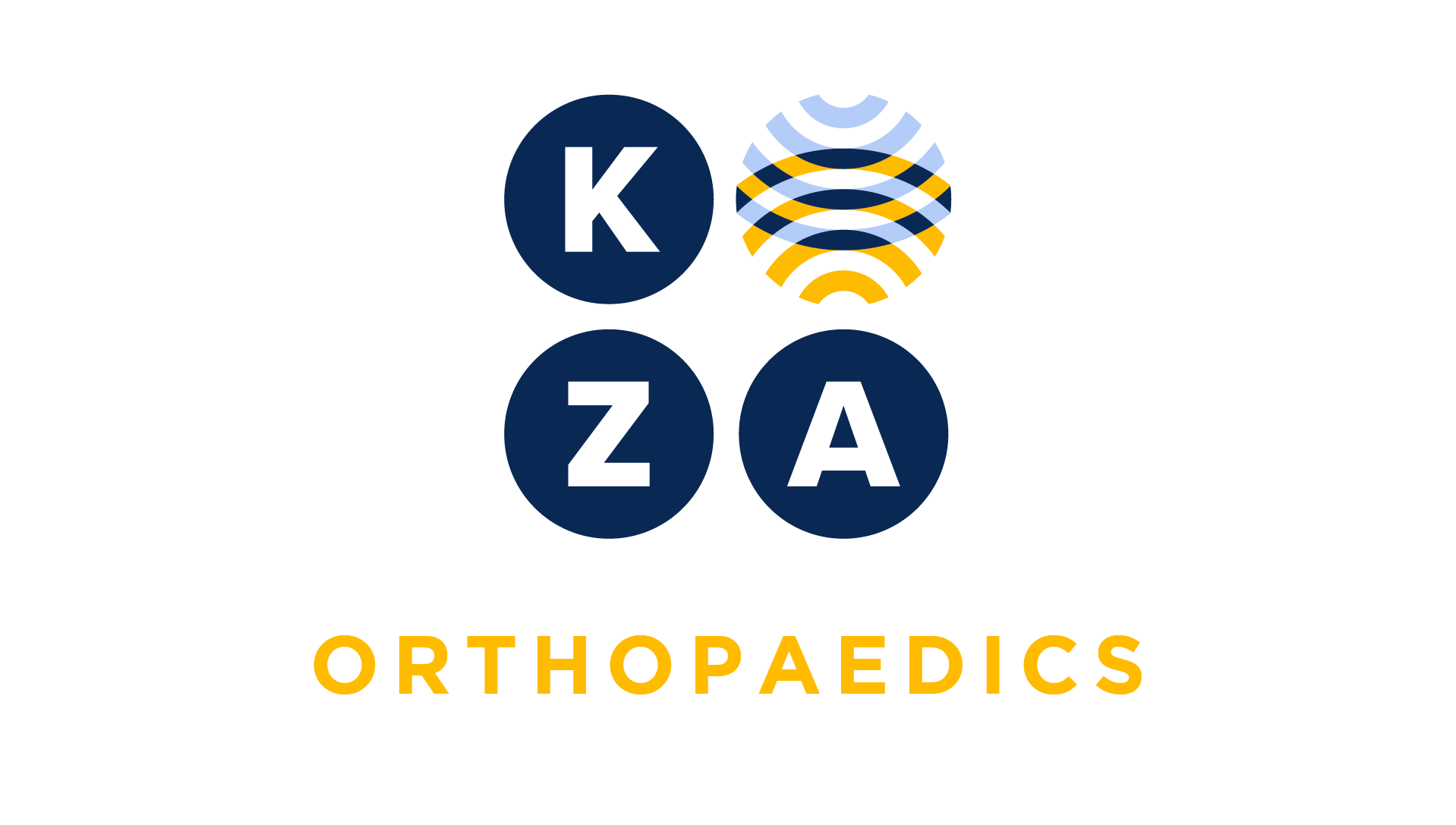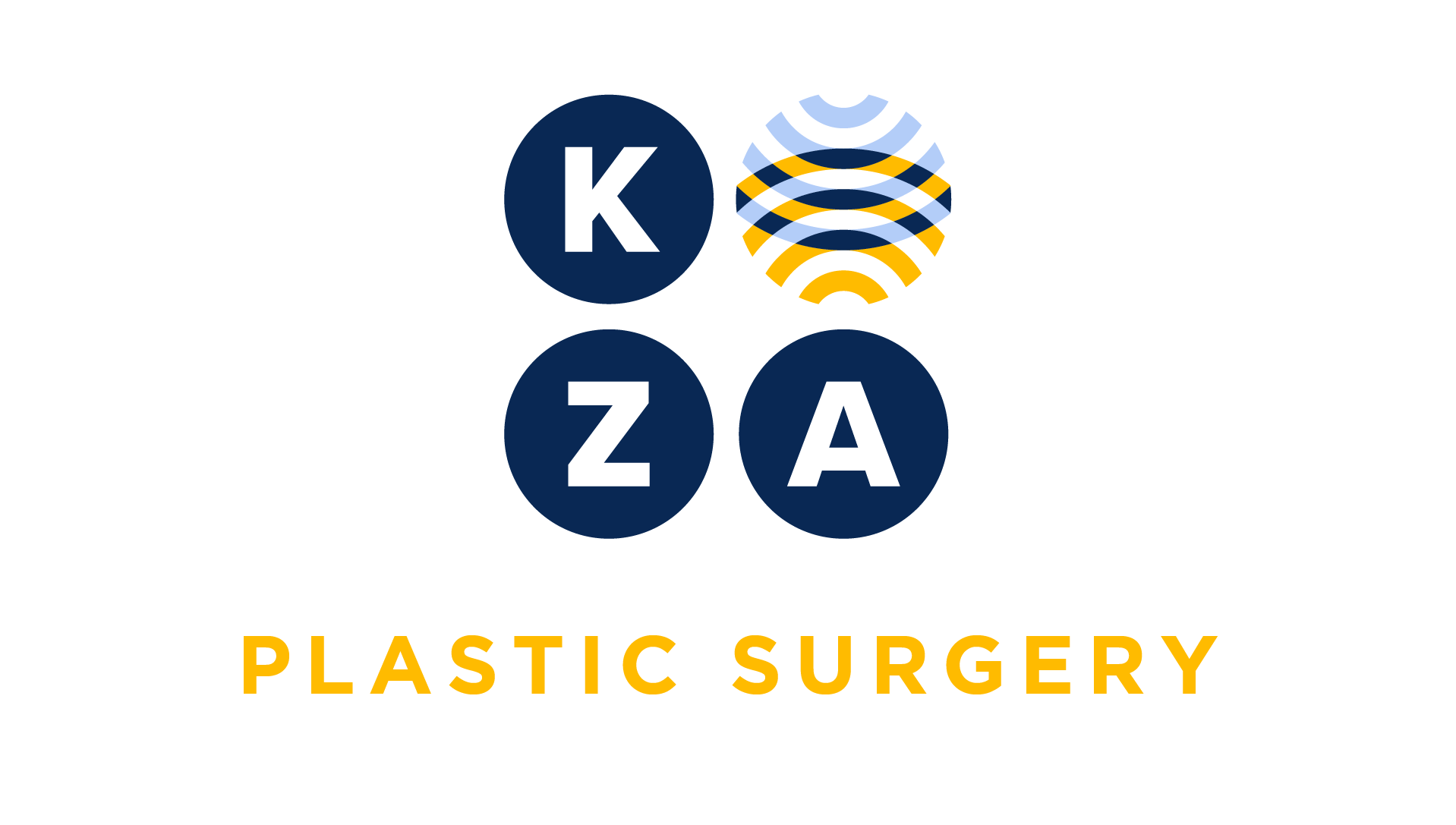
Choose your specialty from the list below to see how our experts have tackled a wide range of client questions.
Looking for something specific? Utilize our search feature by typing in a key word!
Wound Vac Billing
I’m a general surgeon. Some of my team are reporting the negative pressure wound therapy codes 97605 and 97606 when applying wound vacs after closing at the completion of their surgical…
Question:
I’m a general surgeon. Some of my team are reporting the negative pressure wound therapy codes 97605 and 97606 when applying wound vacs after closing at the completion of their surgical cases. As a result, I am told by my coders that billing for these wound vacs is not appropriate, since there is a Medicare NCCI edit that bundles this with more comprehensive procedures at the same anatomic area.
The physicians and coders disagree about how to handle these edits. Some of the physicians believe the wound vacs are billable because they are applied to the skin which constitutes a different body system. The coders think the wound vacs are dressings which are included in the global surgical fee and would not billable. After multiple discussions with the physicians and coders, we are unable to provide a definitive answer. Could I please ask you for your advice regarding this issue? What is the right answer?
Answer:
There are two layers to the issue; CPT rules and payor editing rules.
First, from a CPT perspective, the “wound vac” codes in the range of 97605-97608 are only reportable when placed at an open wound site. For example, if a physician performed debridement of an open wound, did not close the wound, but placed a wound vac at the debridement site to promote healing, a code in the range 97605-97608 could be reportable if appropriately documented. Additionally, in the case of delayed closure of the abdomen in damage control surgery, the placement of a wound vac over this open abdomen may be separately reported if documented correctly.
Codes 97605 and 97606 are used for placement of a non-disposable wound vac device, while codes 97607 and 97608 are used if the wound vac is disposable. The codes are further differentiated by the wound size, either greater than 50 sq cm, or less than or equal to 50 sq cm.
If the wound site has been surgically closed, and a wound vac is placed over the closed wound site, then the use of the wound vac is not separately reportable, as it is being used as a dressing.
In the case of a “codeable” wound vac, payor rules that apply when other services are performed at the same time should also be considered. For example, debridement code 11044 does not have an NCCI edit with code 97605, thus you should not have any issues reporting the two codes together. Similarly, you should not find NCCI edits between the lower extremity decompressive fasciotomy codes and the wound vac codes – another type of procedure where it is not unusual to have delayed surgical closure of the wound site.
Damage control surgery, fasciotomy coding and use of wound vacs will be thoroughly covered in the ACS Successful Surgical Coding and Trauma and Intensive Care coding courses offered in several locations in 2020.
*This response is based on the best information available as of 10/14/21.
Balloon Spacer in the Shoulder
Our orthopaedic shoulder surgeon treated a patient with two massive rotator cuff tears that were not amenable to repair. Due to patient age, the patient would not withstand a reconstructive…
Question:
Our orthopaedic shoulder surgeon treated a patient with two massive rotator cuff tears that were not amenable to repair. Due to patient age, the patient would not withstand a reconstructive procedure. Our surgeon placed a balloon spacer arthroscopically in the subacromial space. We are wondering how to code for this procedure.
Answer:
Thank you for your inquiry. There is no CPT code for this very interesting procedure for a patient who is not a surgical candidate. You will report an unlisted arthroscopic code, 29999. Work with your surgeon to find a code that most closely represents the work. Do not code 29826 separately if the acromion is shaved or reshaped to allow placement and insufflation of the implant.
*This response is based on the best information available as of 10/14/21.
Reconstruction of the ATFL and CFL
Our foot and ankle surgeon performed a reconstruction of the ATFL and the CFL ligament in the left leg for a chronic injury. We are looking at CPT codes and wondering if we should be…
Question:
Our foot and ankle surgeon performed a reconstruction of the ATFL and the CFL ligament in the left leg for a chronic injury. We are looking at CPT codes and wondering if we should be reporting CPT code 27696 or CPT code 27698. Which code would you recommend?
Answer:
Thank you for your inquiry. Without seeing the operative note, and addressing only your Question:, the correct code is CPT code 27698.
Let’s take a look at the two codes in Question:
• 27696 Repair, primary, disrupted ligament, ankle; both collateral ligaments.• 27698 Repair, secondary, disrupted ligament, ankle, collateral (eg, Watson-Jones procedure)
The ATFL (anterior talofibular ligament) and the CFL ( calcaneofibular ligament) are ligaments of the lateral complex in the ankle.
CPT code 27698 describes the secondary repair (or reconstruction) of the “collateral” ligament of the ankle, while CPT code 27696 describes a primary repair of both the medial and lateral ligaments in the ankle.
CPT Assistant has advised that a secondary repair code can be used is multiple circumstances, including for chronic injuries and when another tissue is used to perform the repair (reconstruction). A reconstruction would not be performed if the ligament was repairable.
*This response is based on the best information available as of 09/30/21.
Barbotage Procedure
We recently employed a new sports medicine physician and met with her about the type of procedures she will be performing in the office. We are comfortable with most of them but have…
Question:
We recently employed a new sports medicine physician and met with her about the type of procedures she will be performing in the office. We are comfortable with most of them but have never heard of the Barbotage Procedure. She describes it as performed under ultrasound guidance and uses a needling technique to break up calcium deposits in the tendon which are then aspirated back if possible. She says the diagnosis is almost always calcific tendinosis. Are you able to advise us on coding for this procedure?
Answer:
Thank you for your inquiry about this new procedure to your office. The recommendation is to report the Barbotage procedure with an unlisted CPT code based on the anatomic area treated. You may choose to report 76942 for the US guidance separately or include this work in the unlisted code for the procedure and not create a separate fee.
Work with your physician to determine the best comparison code
KZA recommends obtaining prior authorization for private payors as well as implementing a waiver for private payors or ABN, as appropriate for Medicare.
*This response is based on the best information available as of 08/19/21.
Bronchoscopy with Direct Laryngoscopy
I’m trying to figure out when I can bill for both a direct laryngoscopy and a bronchoscopy. It seems very confusing so I would appreciate it if you could help.
Question:
I’m trying to figure out when I can bill for both a direct laryngoscopy and a bronchoscopy. It seems very confusing so I would appreciate it if you could help.
Answer:
Sure! CPT 31622 (diagnostic bronchoscopy) may be separately reported when both of these criteria are met: 1) a separate piece of equipment, other than that used for the direct laryngoscopy, is used, and 2) the scope entered the right and/or left bronchus. If neither criteria is met, then 31622 is not separately reported. It goes without saying that you must have established medical necessity for the procedure (e.g., diagnosis statements, Indications paragraph).
*This response is based on the best information available as of 8/19/21.
Denial of Breast Reconstruction
We received a denial for 19357-50 (tissue expander reconstruction) and +15777 x 2 units. The denial reason was “the diagnosis code and CPT code combination is inappropriate”. We used
Question:
We received a denial for 19357-50 (tissue expander reconstruction) and +15777 x 2 units. The denial reason was “the diagnosis code and CPT code combination is inappropriate”. We used a diagnosis of C50.911 (Malignant neoplasm of unspecified site of right female breast). What diagnosis code(s) should we have used?
Answer:
For breast reconstruction procedures, we typically use the following two diagnosis codes:
Z42.1 Encounter for breast reconstruction after mastectomyZ90.11 or Z90.12 or Z90.13 Acquired absence of right or left or bilateral breast
The cancer diagnosis code, such as C50.911, can be a third diagnosis if the mastectomy was performed on the same day as the reconstruction but we would not use it as a first diagnosis. Your procedure was performed for reconstruction – not to treat cancer. If the reconstruction were performed after the patient has completed all treatment for breast cancer, then you’d use Z85.3 (personal history of breast cancer) as a third diagnosis code.
*This response is based on the best information available as of 08/19/21.
Do you have a Coding Question you would like answered in a future Coding Coach?
If you have an urgent coding question, don't hesitate to get in touch with us here.




